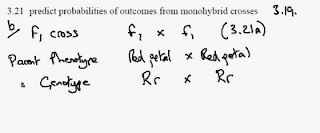nephron- this is the functional unit of the kidney- part that does the filtration and the controlling of the composition of blood
-aorta- the branch is taking blood into the kidney is the renal artery
- the kidney filters the blood and the content which is remove from the blood are called the urine, which comes down through the ureter which is collected from the bladder for release
- the filtered blood exits in the renal vein and returns to the rena cava
(see in diagram for the colour)
- the reason for the different colour, is because the kidney is made out of millions of tubes and this will make it easier to see
- the dead end struction is called the bowmans capsule
- the tube is made out of twisted section
= known as the convoluted tubules
- a collecting duct is just a tube
- the first twisted section is known as the proximal covoluted tubules (PCT)
- the second twisted section is known as the distal convoluted tubules (DCT)
- the arrangement of the nephron structure which gives out the different colour region in the kidney
- there are millions of nephron in a single kidney

































